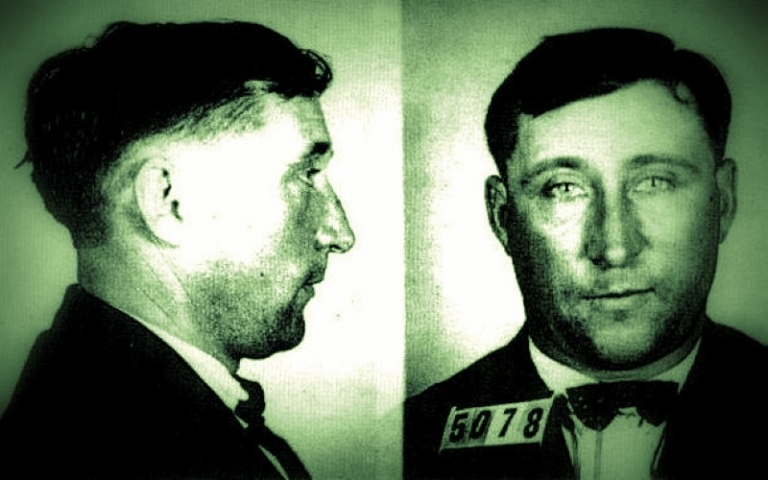
QUIET DELL, W.Va. — On the morning of March 18, 1932, Harry Powers plummeted through the gallows at the West Virginia Penitentiary and dangled for 11 minutes before being pronounced dead. His body hung limp, his lips still, never revealing his thoughts about the violent murders with which he had been charged.
Who was Harry Powers, aside from being one of the first men in modern history to be labeled a serial killer? His barbarity has inspired books, movies, and podcasts. The 1953 novel "Night of the Hunter," which took place in the nearby Ohio Valley, and the 1955 film of the same name, starring Shelley Winters and Robert Mitchum, were based on the Powers tale. As recently as 2013, Jayne Anne Phillips, in her novel "Quiet Dell," examined the case anew.
Harry Powers was born Herman Drenth in the Netherlands in 1892. In 1910, at age 18, he emigrated with his family to Cedar Rapids, Iowa. Fourteen years later, at age 32, and allegedly after having lived overseas, he moved to Quiet Dell, near Clarksburg, West Virginia, under the name Harry Powers.
There he began to assume the character of an Oklahoma oil-stock promoter, the first of several aliases he adopted over time. A year later, after responding to her advertisement in "Lonely Hearts Magazine," he married Luella Strother, who owned a farm and grocery store nearby.
But Powers's taste for lonely-heart correspondence wasn't satiated when he met Strother. He began to take out personal advertisements, posting false information to capture the attention of lonely, wealthy women. Many wrote Powers in response. According to the U.S. Post Office, letters poured into Clarksburg at a rate of 10 to 20 per day.
Powers built a garage and basement behind his home at about this time.
The Eicher Murders
Using the name "Cornelius O. Pierson," he began writing to Asta Eicher, a widowed mother of three who lived in Park Ridge, Illinois, a Chicago suburb. His trap set, he went to visit Eicher in June. During that time, the couple left on a romantic interlude while her children — Greta, Harry, and Annabel — remained behind with Elizabeth Abernathy, a sitter.
Several days later, Abernathy received Eicher's letter indicating Pierson would be back to pick up the children. Soon afterward, he and one of the children, Harry, were briefly seen at a Park Ridge bank, where the youth had been sent to withdraw a check on the Eicher account. Suspicious tellers declined the transaction, after which "Pierson" and the children fled.
The Lemke Murder
Sometime later, Powers began to correspond with Dorothy Lemke of Northboro, Massachusetts and persuaded her to move in with him in Iowa, where he claimed to live, and to withdraw $4,000 from her bank. She did not notice that Powers had asked her to send her trunks to Fairmont, West Virginia, in the care of Cornelius O. Pierson.
Events Unfold
Meanwhile, police in Illinois began to investigate the disappearance of Eicher and her children. They inquired into her last known contact, Cornelius O. Pierson of Clarksburg.
Police in Illinois and West Virginia soon realized that no one named Cornelius Pierson lived in Clarksburg. However, the description matched that of grocer Harry Powers, who they arrested as a suspect. Harrison County Sheriff Wilford Grimm obtained a search warrant, after which the horrors carried out in Quiet Dell quickly began to unfold.
Grimm and his deputies found four rooms secreted beneath Powers' new garage. In the shadowy damp within the underground chamber, they found the small bloody footprint of a child, a burned bank book, and blood-soaked hair and clothing.
A crowd gathered as police began to dig into a new-made ditch behind the house. There, the bodies of five victims were found rotting.
Thirst for Blood
Hysteria ensued. On September 20, thousands of spectators surrounded the Harrison County jail where Powers was being held and demanded that he be given to the mob. The fire department was forced to release tear gas to disperse the crowd.
The trial began on December 7 and lasted five days. So many people were in attendance that the venue was moved a block from the courthouse to Moore's Opera House. After being found guilty, Powers was transported to Moundsville for state execution.
According to a newspaper in Camden, New Jersey, the public thirst for blood had reached theatrical proportions: "Moundsville had taken on a holiday festival appearance in preparation for the execution of the man whose crimes startled the world. Outside the prison, a crowd gathered along the curbs. Automobiles were lined up for blocks."
Only five of Powers' victims were identified, though some scholars believe there were more. Patterson Smith, who authored a 1988 review of serial killings, proposed that Powers might have killed far more.
"Police estimated that before his arrest in 1931, he had killed fifty victims," Smith wrote, "although that number seems highly doubtful. He confessed to killing only those five whose bodies were found buried next to his 'murder garage,' wherein he bound and gassed his victims and watched in delight as they died."
For further reading:
- Bad Endings: Harry Powers, the West Virginia Bluebeard
- Schechter, Harold: The Serial Killer Files: The Who, What, Where, How, and Why of the World's Most Terrifying Murderers
- New York Times: Mob Surround Jail Where Powers in Held
- Transcript of Record: Felony No. 10357 Harry F. Powers
Introducing West Virginia's famous monsters and most haunted locales
In search of more chilling information? Visit our introduction to the five most haunted places in West Virginia, including the Trans-Allegheny Lunatic Asylum and the Moundsville Penitentiary, or encounter the top five monsters from the West Virginia hills, including Mothman and the Grafton Monster.
Sign up for a FREE copy of West Virginia Explorer Magazine in your weekly email. Sign me up!




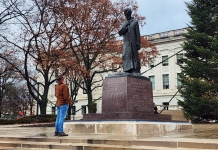






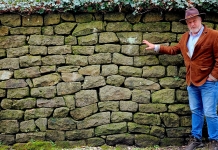
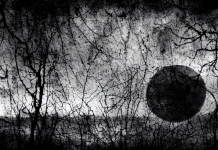
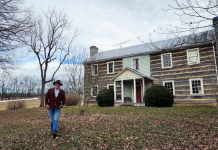
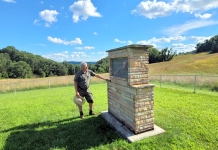










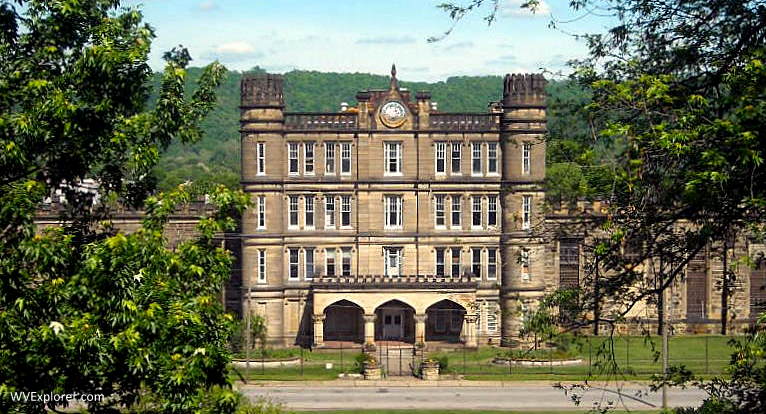
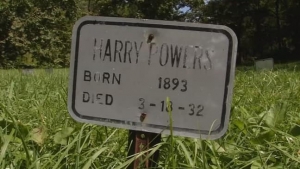




Facebook Comments